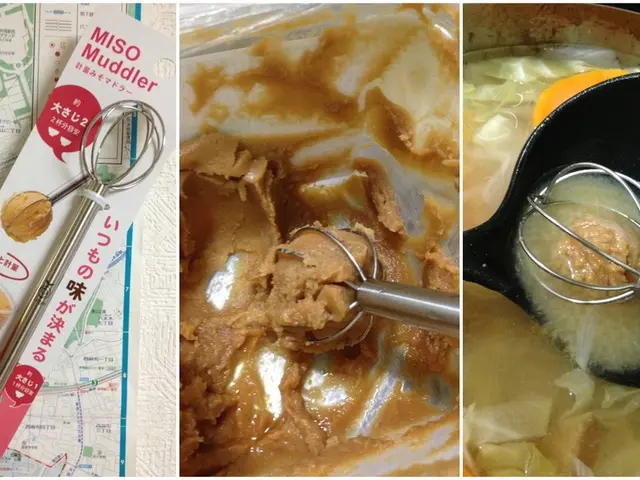Milking More from Fewer: Productivity Boost in North's Dairy Farms
Increase in dairy cow milk production, yet decrease in northern dairy farmers - Reduction in Northern Dairy Farmers Leads to Increased Milk Production Per Cow
The decline in dairy farming numbers in Schleswig-Holstein isn't dampening the state's milk production significantly. A report from the Ministry of Agriculture in Kiel to the German Press Agency reveals that, although the number of dairy farms dwindled to 2,800 in 2024 - down 700 from 2021 - the annual milk production remains steadfast at around three billion kilograms.
Despite the fall in dairy cow numbers from roughly 360,000 in 2021 to 333,000 in 2024, each cow's productivity is soaring. The state farmers' association's data shows an average cow churned out 9,825 kilograms of milk in 2024 - a whopping 371 kilograms more than in the previous year.
Progress in breeding, technology, and husbandry have been the driving forces behind the improved productivity.
Farming Forward with Advancements
- Genetic Breakthroughs: With the deployment of genomic selection, breeders now have a powerful tool for selecting cows with genetic potential for increased milk yield and improved milk quality more efficiently[1][2]. This shaved down the generation interval for cattle breeding from over 10 years to a mere 2.5 years, accelerating progress.
- Smart Breeding: Abandoning the "super-sire" approach has encouraged genetic diversity, making herds more robust and adaptable to varying production needs[2]. Modern breeding strategies also prioritize not only production traits like milk yield but also cow health and efficiency, such as fertility and feed efficiency.
- Tech-Savvy Management: Leveraging precision farming and data-driven decision-making, dairy farmers can optimize nutrition, housing, and health management to foster optimum cattle wellbeing and productivity. Cow monitoring tech propagates real-time herd health and productivity insights, paving the way for targeted interventions to boost milk production.
- Market Incentives: The demand for high-quality milk components like butterfat and protein sparks farmers to focus on these traits, fueling genetic selection for more profitable milk[1]. This economic incentive serves as a solid foundation for advanced breeding techniques and enhanced herd management.
While Schleswig-Holstein is shedding dairy farmers, the power of modern farming methods means their streamlined operations still keep the milk flowing.
- The increasing productivity in Schleswig-Holstein's dairy farms can be attributed to advancements in genomic selection, which allows breeders to select cows with enhanced genetic potential for higher milk yield and better milk quality more efficiently.
- By abandoning the "super-sire" approach in favor of promoting genetic diversity, modern breeding strategies in Schleswig-Holstein have resulted in more adaptable and robust herds that cater to varied production needs.
- In addition, the focus on tech-savvy management practices in Schleswig-Holstein's dairy farms, such as precision farming, real-time cow monitoring, and data-driven decision-making, has led to optimized nutrition, housing, and health management, resulting in improved cow wellbeing and productivity.








